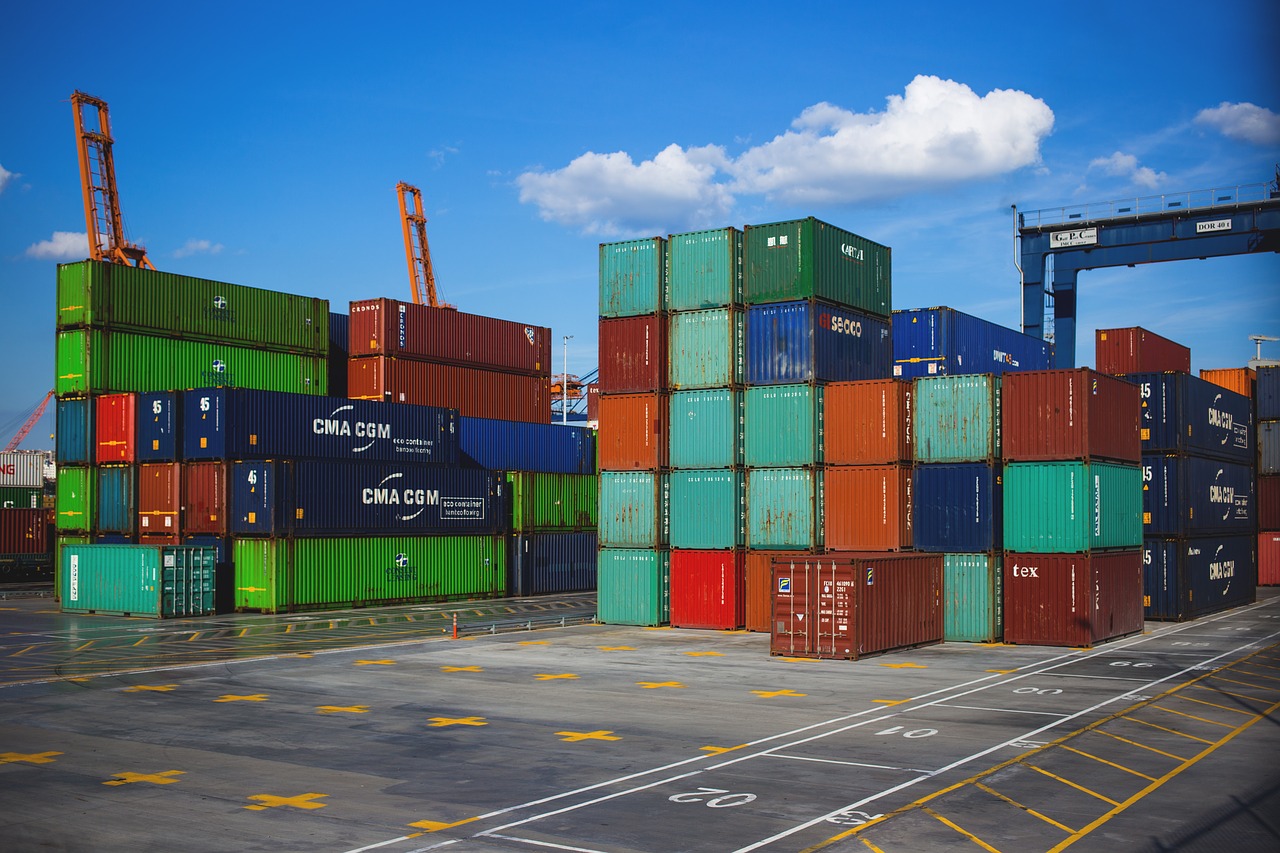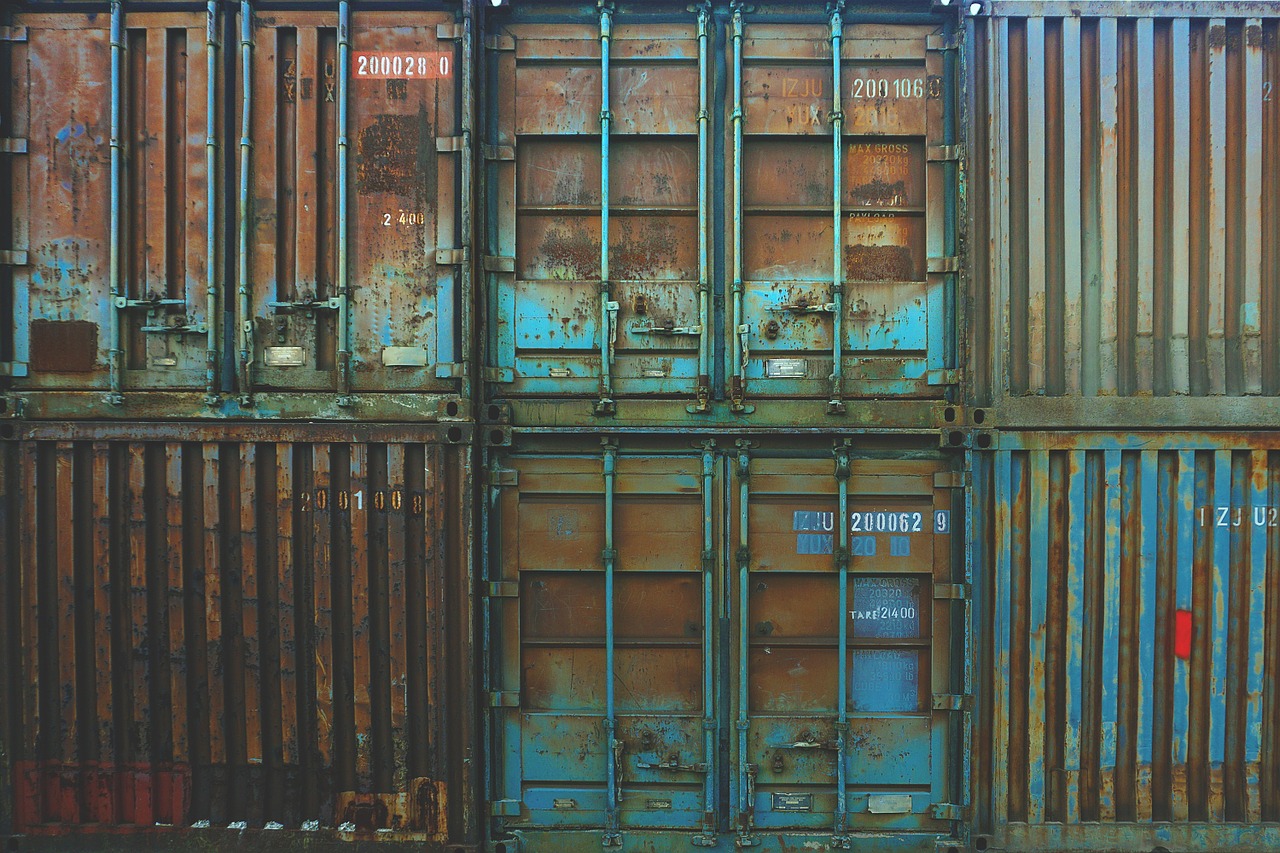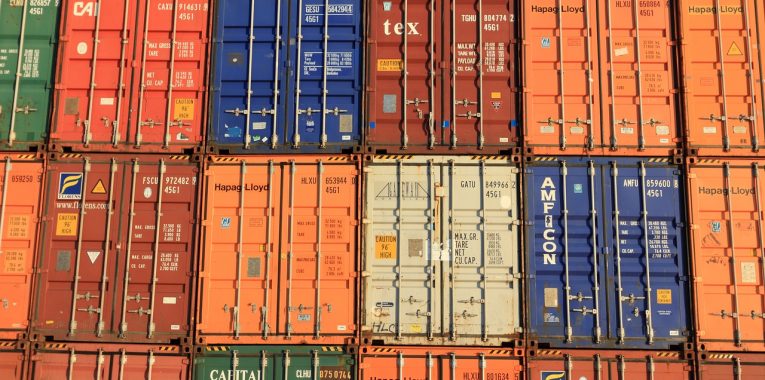There are plenty of options to consider when you’re planning a cross-country move. Many people opt for using a moving container that can be shipped directly to your new location rather than renting a moving truck. This can be a more economical and more efficient choice, but it also presents the challenge of loading your container. These suggestions can help you load the unit in a way that protects your belongings from damage during transit.
Take the Time to Prep Your Furniture
Most people only concern themselves with protecting objects that are obviously fragile, but that can be a mistake. An accident, rough roads, inclement weather, or other factors can put all of your furniture at risk.
- To begin, every item of furniture should be shrouded under moving blankets to protect from dust, debris, bumps, and exposure to rainwater.
- The blankets can be held in place by wrapping them with packing tape or with industrial strength plastic wrap. In fact, each piece of furniture should be fully wrapped in plastic. For wooden pieces, use cardboard to keep pieces from rubbing together.
- Mirrors and glass should be wrapped in bubble wrap and protected beneath moving blankets, before wrapping them in plastic wrap.

Develop a Plan to Use All Available Space
It’s important to think three-dimensionally when deciding how to load your moving container. One thing to keep in mind is that you will want to distribute the weight evenly throughout the container, so loading all of your furniture first may be undesirable.
It’s a good idea to stand sofas and loveseats on end to make better use of the available space and plan to store boxes on top of furniture. The heaviest items should go on the bottom, while lighter boxes can be stacked on top.
Take Additional Steps to Protect Your Belongings
In addition to packing everything securely, it may be beneficial to buy a few pallets to place on the floor. By adding a layer of pallets between the floor and your belongings, you’ll raise everything up and keep your items from being exposed to moisture. Even morning dew can damage antique wood and fabrics. Additionally, moisture absorbers can be bought from most moving supply companies to ensure the container stays as dry as possible.
Don’t Pack Everything
While the bulk of your belongings can and should go in the moving container, there will be some items you should not load into the unit. For instance, fragile and valuable items should be shipped separately or should be taken with you, if you plan to drive to your destination.
Additionally, refrain from packing important documents that you may need as soon as you get to your destination. Birth certificates, licenses, rental agreements, and other items should be kept with you and should be easily retrieved. Keeping these things handy can save you frustration on the road and in your new city.
In addition to the suggestions followed here, you should employ the same moving habits you would normally use in moving via a truck or van. This may include buying additional insurance on your items or finding out if your renter’s insurance will cover your belongings in transit. Also, be sure to pack items carefully and to label each box.

Maintaining an inventory will help you find specific items, once you and your moving container make it to your new home. Taking the time to pack your container carefully will help you have a safe and successful move.

